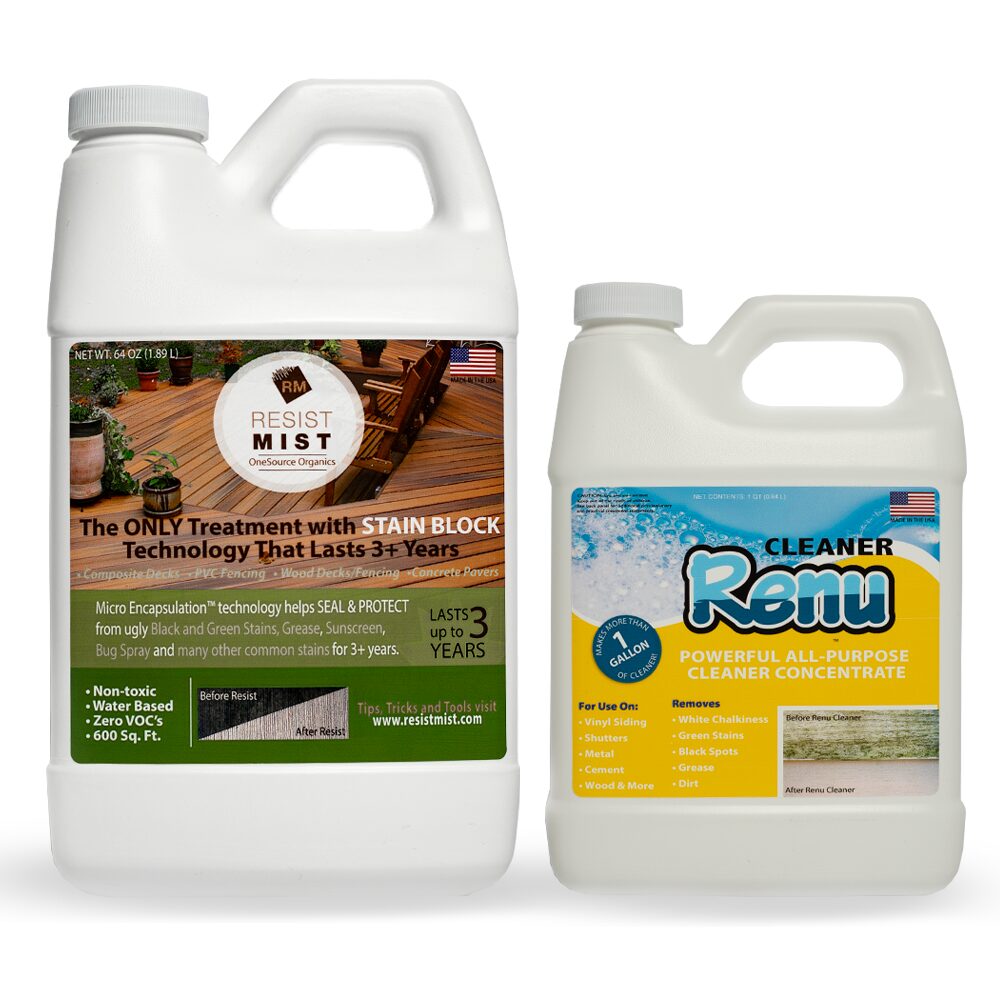When it comes to outdoor spaces, fences are more than just boundaries—they add character, privacy, and protection to your property. However, like any part of your home’s exterior, fences face wear and tear from sun, rain, and time. Maintaining your fence in an eco-friendly way is not only smart for the environment but also helps preserve your outdoor aesthetic. In this blog, we’ll explore sustainable fence treatment options that actually work, and how even things like a vinyl siding restorer can be part of your eco-conscious maintenance toolkit.
Why Go Green with Fence Treatments?
Traditional fence treatments often contain harsh chemicals that can harm the environment. These treatments may seep into the soil or be washed away during rain, affecting plants, wildlife, and even nearby water sources. Choosing sustainable fence treatment methods not only reduces your ecological footprint but also creates a healthier space for your family and pets.
Eco-friendly options are no longer dull or ineffective. Today’s green treatments are stylish, durable, and functional—helping you protect your fence while also embracing sustainable living.
Best Sustainable Fence Treatment Options
Let’s take a closer look at the different sustainable options available for treating various types of fencing materials.
- Natural Oil-Based Wood Sealers
If you have a wooden fence, natural oil-based sealers made from linseed, tung, or hemp oil are excellent alternatives to synthetic chemicals. These oils penetrate deep into the wood, providing a rich finish while protecting it from moisture and UV damage. Plus, they are biodegradable and safe for the environment.
Pro Tip: Always choose products labeled “low-VOC” (volatile organic compounds) or “VOC-free” for healthier air quality and lower emissions.
- Plant-Based Stains
Unlike petroleum-based stains, plant-based wood stains use renewable ingredients and minimal toxins. These are often tinted with natural pigments and can give your fence a stylish, modern look. They’re long-lasting and fade-resistant, and they blend beautifully with outdoor greenery.
- Recycled and Reclaimed Materials
Sometimes, the most sustainable fence treatment is upgrading the fence itself using reclaimed wood or recycled composite panels. These materials are often pre-treated or require minimal finishing. If you already have such a fence, regular cleaning with water and biodegradable soap can be enough to keep it looking new.
- Eco-Friendly Paints
For homeowners who prefer a colorful fence, eco-friendly paints are the way to go. Look for water-based or milk-based paints made without harmful chemicals. They provide excellent coverage and are available in a wide range of shades. When applied over treated wood, they can also help extend the life of your fence.

Where Vinyl Comes In: Restoring Without Replacing
Vinyl fences are known for their durability and low maintenance. However, over time they can lose their sheen and develop a chalky appearance. That’s where a vinyl siding restorer can come in handy. These restorers help bring back the original color and shine of your vinyl fencing without requiring a full replacement.
When choosing a restorer, opt for eco-conscious formulations that do not contain harmful solvents or propellants. Many modern restorers are designed to be environmentally safe while effectively cleaning and revitalizing vinyl surfaces. Applying such a product can extend the life of your fence, reduce waste, and improve curb appeal—all without adding to landfills.
Tips for Eco-Friendly Fence Maintenance
In addition to using sustainable treatments, practicing good maintenance habits can extend your fence’s lifespan and reduce environmental impact:
- Clean gently and regularly: Use natural soap and water or vinegar-based solutions for routine cleaning.
- Inspect for damage: Address cracks, loose boards, or rust early to prevent major repairs or replacements.
- Trim plants away from the fence: This reduces moisture buildup and keeps mold and rot at bay.
- Avoid power washing: It may be convenient, but it can damage wood and use excessive water. A hand wash is gentler and more eco-conscious.
Conclusion: Style Meets Sustainability
Choosing a sustainable fence treatment doesn’t mean compromising on style or durability. Whether you’re sealing a wood fence with natural oils, revitalizing vinyl with an eco-friendly vinyl siding restorer, or painting with non-toxic colors, you’re making a choice that benefits both your home and the planet.
With a little care and the right approach, your fence can look beautiful for years to come—naturally and responsibly. So go ahead and make your fence not just a boundary, but a statement of your commitment to sustainable living.






